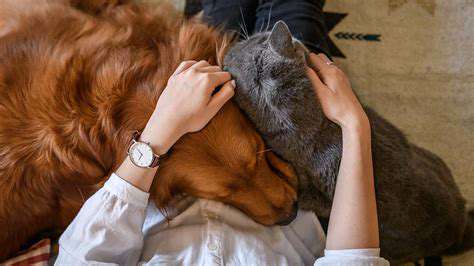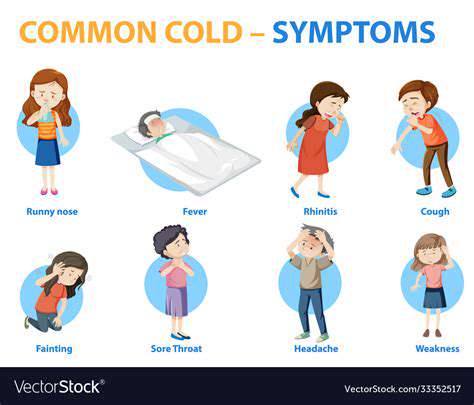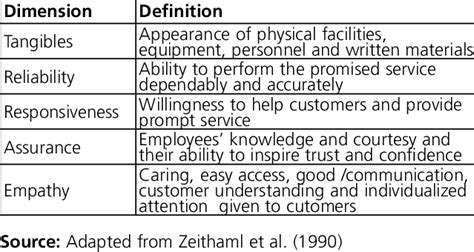Protecting Your Pet from Cold Floors
The Importance of Warmth for Your Pet's Comfort and Health

The Foundation of Comfort
When temperatures drop, our furry companions rely on us to provide the warmth they need. Just like humans, pets instinctively seek cozy spots - whether it's curling up in a sunbeam or burrowing under blankets. Maintaining proper warmth isn't just about comfort; it's vital for your pet's physiological functions and emotional wellbeing. This becomes especially crucial for older animals or those with health conditions affecting circulation.
Physical Benefits of Proper Warmth
A pet's body works hard to regulate its temperature. When environmental conditions make this difficult, their system becomes stressed. Consistent warmth helps maintain healthy circulation, supports joint mobility, and aids digestion - particularly important for senior pets or those with arthritis. Short-haired breeds and smaller animals lose body heat faster and often need extra insulation during colder months.
Recognizing When Your Pet Feels Cold
Pets communicate discomfort differently than humans. Watch for subtle signs like seeking heat sources excessively, shivering (though some breeds shiver for other reasons), or curling into a tight ball. Cold ears and paws often indicate your companion needs warmer conditions. Some animals may become less active when chilly, while others might vocalize their discomfort.
Creating Ideal Warm Environments
Strategic placement of pet beds away from drafts makes a significant difference. Heated pet mats (with proper safety features) can provide targeted warmth, while sweaters help short-haired dogs during walks. Remember that tile and concrete floors conduct cold - placing rugs or insulated mats in favorite resting spots helps prevent heat loss. Always ensure heating elements have safety controls to prevent burns.
Seasonal Considerations
Temperature needs change throughout the year. While winter demands obvious precautions, transitional seasons bring their own challenges. Damp spring mornings or cool autumn evenings can chill pets more than owners realize. Indoor humidity levels also affect how temperatures feel to animals - dry heat may require humidifiers to maintain comfort.
Special Needs for Different Pets
Small mammals like rabbits and guinea pigs often need warmer environments than cats or dogs. Reptiles require carefully regulated heat gradients in their enclosures. Birds are particularly sensitive to drafts and temperature fluctuations. Always research species-specific requirements, as their natural habitats provide clues about ideal conditions.
Balancing Warmth and Ventilation
While maintaining warmth is crucial, proper air circulation remains important. Stale, overheated air can cause respiratory issues in some pets. Use breathable fabrics for pet bedding and ensure heating sources don't create overly dry conditions. Monitoring your pet's comfort through observation helps strike the right balance.
Identifying Signs of Cold-Related Discomfort in Pets

Behavioral Changes to Monitor
Pets exhibit various behaviors when feeling uncomfortably cold. Dogs might start pacing or whining, while cats may seek isolated warm spots. Changes in sleep patterns - either excessive sleeping or restlessness - can indicate temperature-related discomfort. Some animals become clingy when cold, while others withdraw to conserve energy.
Physical Indicators
Beyond shivering, check for cold extremities - ears, paws and tail often feel chilly first. Pale gums or slow capillary refill time (when pressing on gums) may suggest circulation issues. Stiff movements or reluctance to jump can signal that joints are affected by cold. Monitor breathing patterns, as some pets may breathe more shallowly when conserving body heat.
Risk Factors for Cold Sensitivity
Certain pets require extra vigilance. Senior animals, very young pets, and those with conditions like arthritis or hypothyroidism feel cold more acutely. Thin-bodied breeds (like Greyhounds) and short-haired varieties (such as Chihuahuas) lose body heat faster. Pets recovering from illness or surgery often need warmer environments during healing.
Environmental Danger Signs
Watch how your pet interacts with their surroundings. Repeatedly seeking heat sources or avoiding certain areas may indicate cold spots in your home. If multiple pets huddle together constantly, their environment might be too chilly. Notice where they choose to sleep - consistent avoidance of their usual bed could mean it's not providing enough insulation.
When to Seek Veterinary Care
While mild cold sensitivity is normal, certain symptoms warrant professional attention. Persistent shivering that doesn't stop when warmed, lethargy, or loss of appetite could indicate hypothermia. Discolored skin (especially on ears or paws) may suggest frostbite. Any pet exposed to extreme cold should be examined, even if symptoms seem mild initially.
Choosing the Right Flooring Options for Pets

Safety Considerations
Pet-friendly flooring must address several safety aspects. Slip-resistant surfaces help prevent injuries, especially for older pets or those with mobility issues. Avoid materials that can splinter or have sharp edges. Temperature retention matters too - some floors stay uncomfortably cold, while others may become too hot in sunlight.
Durability for Active Pets
Scratch-resistant surfaces withstand claws better, but also consider how the material handles accidents. Porcelain tile with a textured finish offers excellent scratch and stain resistance while providing traction. Luxury vinyl plank with a thick wear layer balances durability with comfort underfoot. Always check manufacturer warranties regarding pet-related wear.
Comfort Factors
Pets spend much time lying on floors, so consider their comfort. Materials that stay at reasonable room temperatures are preferable to those that become extremely cold or hot. Some pets appreciate slightly cushioned surfaces, while others prefer cooler tile in warm climates. Area rugs can supplement hard surfaces in favorite resting spots.
Cleaning and Hygiene
Choose flooring that resists odors and allows easy cleanup. Seamless options like sheet vinyl prevent liquid seepage into subfloors. Non-porous materials inhibit bacterial growth. Textured surfaces hide minor scratches and dirt between cleanings. Avoid highly polished finishes that show every paw print.
Special Needs Solutions
Pets with arthritis benefit from slightly cushioned flooring that's still easy to walk on. Interlocking foam tiles provide joint support while being waterproof and durable. For pets prone to slipping, look for surfaces with microscopic texture that improves traction without being abrasive. Always consider your specific pet's needs and habits when selecting materials.
Read more about Protecting Your Pet from Cold Floors
Hot Recommendations
- Holistic Pet Health: Integrating Approaches
- The Future of Pet Identification: Biometric Scanners
- Service Dogs for PTSD: A Guide to Support
- The Benefits of Non Anesthetic Professional Teeth Cleaning
- Herbal Supplements for Pet Joint Health
- The Intersection of IoT and Pet Wellness
- Healthy Weight Management for Senior Pets
- The Best Pet Beds for Orthopedic Support and Comfort
- Competitive Dog Sports: Agility, Flyball, Dock Diving
- Luxury Pet Hotels: Pampering Your Beloved Pet




